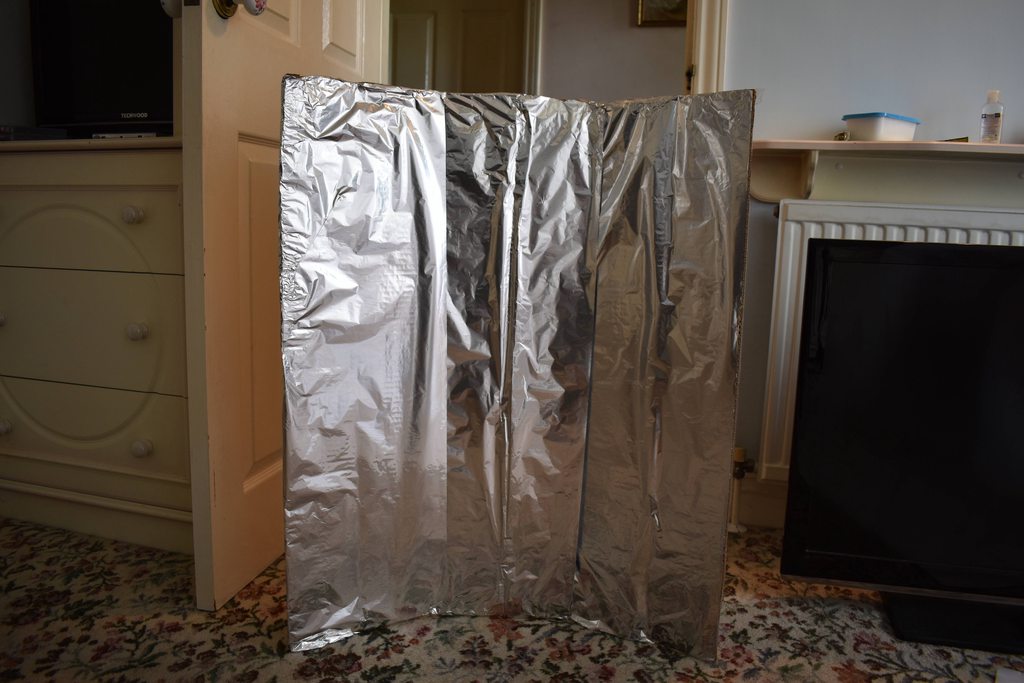- Messages
- 133
- Name
- Conan
- Edit My Images
- Yes
Hi everyone, yesterday I received a backdrop support and back drops. I remember being told to go for a flash, and a reflector for portrait style shots.
I took apart the box everything came in as I don't need it as I have a carry case, and thought I would try to make my own reflector. Does anyone else here do things like this?
It folds down to a smaller size zigzag style, and I'm quite happy with it until I can afford the real thing. I'm buying what I need as I go along as am on a very, very tight budget, so am only getting the essentials.
Next time will be a Godox flash. I wanted to get it this time but could not afford it.
Here Is a picture of my DIY reflector-

I hope you like it as my first attempt at this, took about 10 minutes and just cost me a few sheets of kitchen foil and a cardboard box.
I took apart the box everything came in as I don't need it as I have a carry case, and thought I would try to make my own reflector. Does anyone else here do things like this?
It folds down to a smaller size zigzag style, and I'm quite happy with it until I can afford the real thing. I'm buying what I need as I go along as am on a very, very tight budget, so am only getting the essentials.
Next time will be a Godox flash. I wanted to get it this time but could not afford it.
Here Is a picture of my DIY reflector-

I hope you like it as my first attempt at this, took about 10 minutes and just cost me a few sheets of kitchen foil and a cardboard box.






